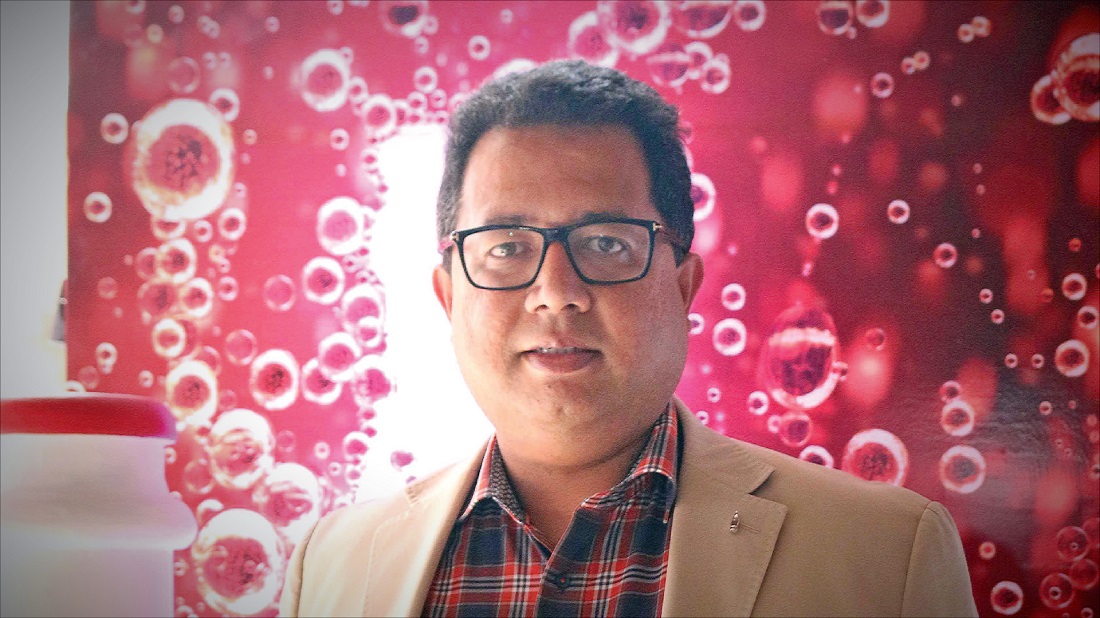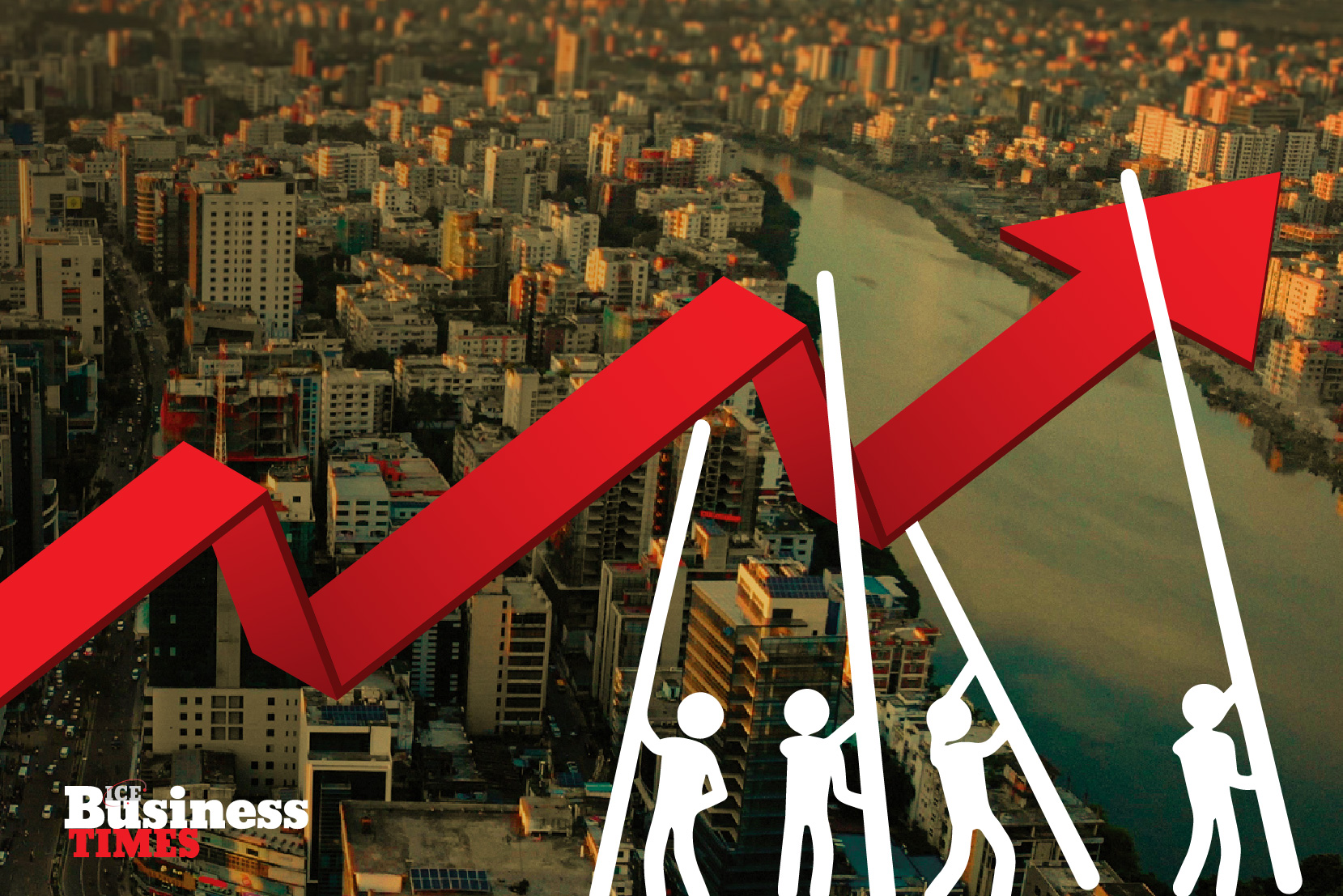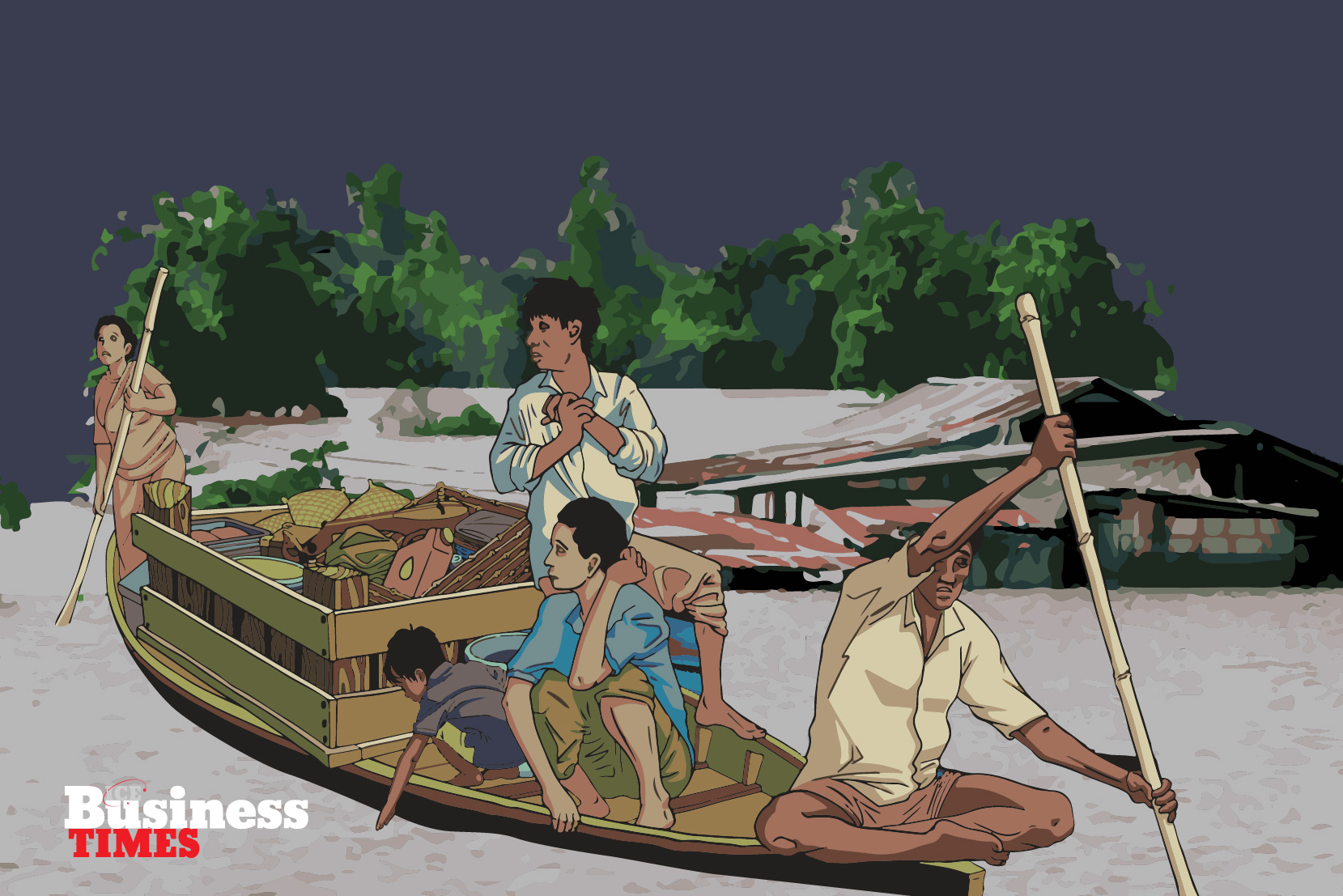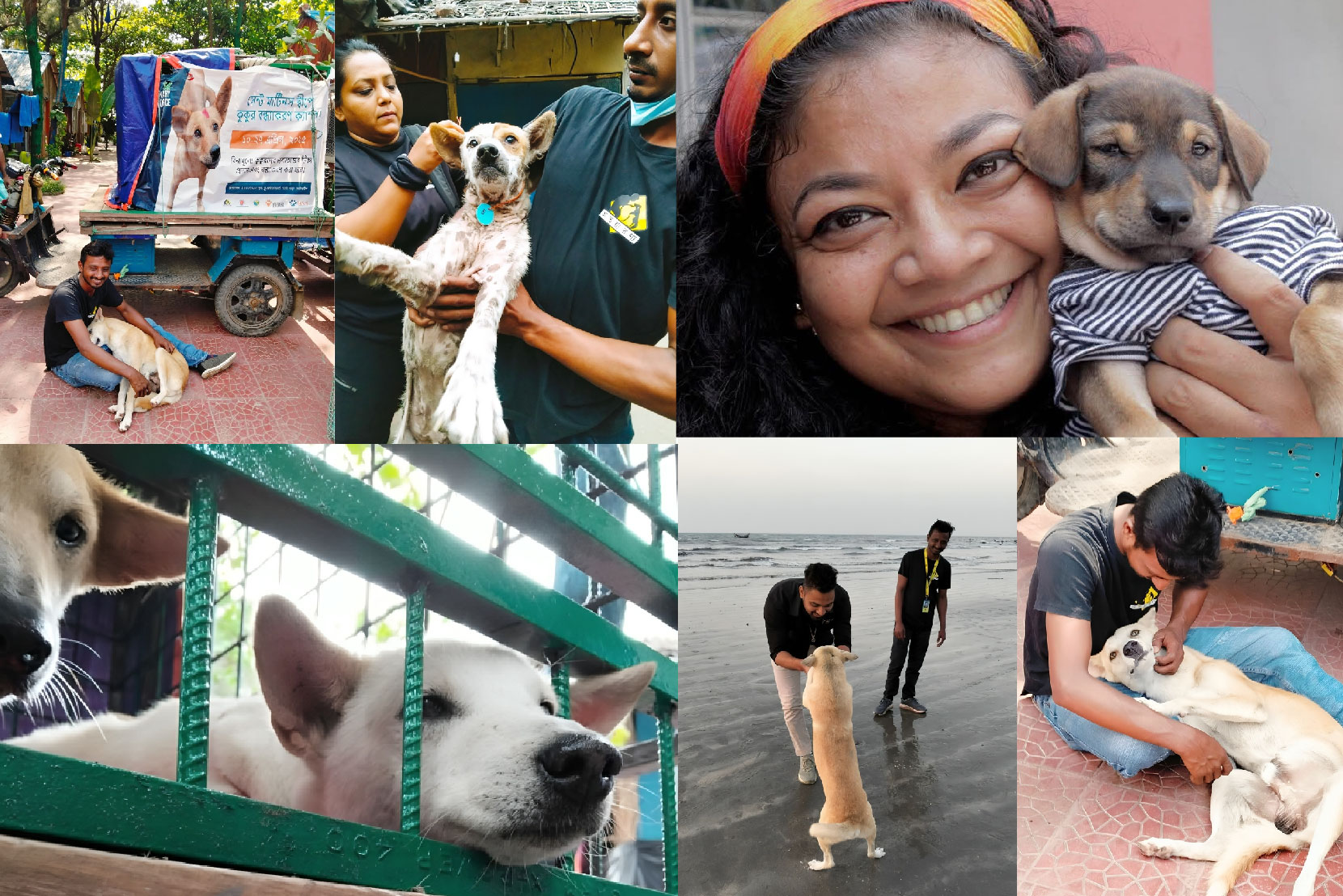The timeline of Coca-Cola dates all the way back to the 1890s. How would you describe the evolution of this brand in the past 130 years?
A fun fact about Coca-Cola’s journey during the last 130 years is that at the beginning, we used to average sales of nine servings per day. Conversely, now our daily servings are estimated at 1.9 billion globally. One of the most famous advertising slogans we have had in our history is “The Pause That Refreshes” which first appeared in 1929. To date, our marketing echoes the theme of pausing with a Coca-Cola. In the 1970s, we started connecting the brand more with the happiness that is associated with fun times alongside family and friends. Our aim is to ensure that our brand is the embodiment of the messages we wish to deliver- a brand that is entrenched in nostalgia.
Coca-Cola has always been an evolving brand. How important is it to craft different communications to stay relevant to the audience, culture, and time in terms of content and geographical context? How does the audience and culture of Bangladesh factor into this?
We describe Coca-Cola as a brand that brings family and friends together, encourages sharing and brings happiness. We tend to not follow complicated marketing strategies and instead embark on plans that focus on the product. We do this by painting the lifestyle we most strongly associate with the brand. This translates into ensuring that the brand is both universally recognized and understood across the plethora of cultures and languages. We do this by using relevant trends from each country that we present our product in, keeping in mind that all cultures are intrinsically different.
Due to this notion and our support for multilingualism, at the beginning of February, Coca-Cola Bangladesh launched its month-long International Mother Language Day campaign titled “Nikhoj Shobder Khoje”. This campaign was aimed to encourage the young generation to reconnect with those Bengali words that have been missing from our language for a while. Under the guardianship of Emeritus Professor Anisuzzaman, Professor Bhismadeb Chowdhury and acclaimed author, Anisul Hoque, the key target of this campaign were to create awareness that we are slowly forgetting words that were once used to enrich and beautify our mother tongue – Bengali. During this campaign, Coca-Cola bottles featured missing Bengali words that were once a part of our everyday lives.
Coca-Cola’s this year’s campaign ‘’Nikhoj Shobder Khoje’’ launched a website which received around 100,000 online traffic. A total of 36,000 people participated in the quiz, A total of 12,000 people received certificates for their submission of forgotten Bangla words. As many of the works submitted were repeated by other participants, Coca-Cola was able to collect 5,500 words.
Our partnership with Wowbox enabled us to reach 2.3 million Wowbox users in Dhaka and Chittagong via the app. The Wowbox users in these two areas could exclusively order the products through the app which were home delivered free of cost.
The tagline “Open Happiness” was coined about 9 years ago, providing heart-touching campaigns to the world. In 2016, the tagline was changed to “Taste the Feeling”. Does adhering to the same proposition for too long limit the possibilities of the brand?
‘Taste the Feeling’ is not simply a slogan. It embodies what we want our consumers to be: happy people who are savoring a moment with their loved ones alongside a Coca-Cola. The change to “Taste the Feeling” really is an attempt by Coca-Cola to take a new, more humble direction. In the “Open Happiness” space, we had started to talk in a preachy way to people. And Coca-Cola has always been a simple pleasure, the magnanimity of Coca-Cola resides in this humility, in its simplicity but the more that we tried to preach to the people, the smaller we made it. Therefore “Taste the Feeling” is about going back to the core values of the brand and while the ads have continued with the emotional storytelling long-associated with Coke, they depict everyday moments, which puts Coke bottles front and center.
In the past 130 years, Coca-Cola has remained somewhat consistent in terms of the brand’s identity and elements such as logos and color palettes. How are minor changes along the way integral to a brand’s appeal to its consumers, as opposed to large-scale rebranding efforts?
For us, new campaigns are important for keeping in touch with the changing consumer behavior and attitudes. However, as you probably know the “Coca-Cola” logo and our trademark red color has remained consistent since it started the brand in 1886. Consistently, this brand has garnered love not only at their home but all over the world. This is due to the fact that the brand has always adhered to the local culture.
As an organization, we ensure that our marketing campaigns reflect what we want to see our consumers as – happy people who are smiling broadly as they enjoy an ice cold coke. This is a message that we always try to deliver even as our product ranges change to fit our consumers’ needs and wants and the new trends.
People perceive brands as personalities with their own identities due to premium advertising. To what extent do you feel pressure to create the next defining slogan or image?
Brands are always personalities and definitely need to have their own identities – this is precisely why consumers are able to relate to some specific brands versus others as they relate these values and personalities the brand espouses to their own. What brands need to stay true to always are these values and therefore the true testament to this is reflected in the imagery and communication of the brand. When brands have clearly identifiable personalities (technically known as Brand Value Architecture), the simpler it is to ensure that our communication and imagery stays consistent with that.
You are introducing Diet Coke to the local market. What strategy are you implementing in order to successfully market it?
We have launched a range of Zero calorie products in Bangladesh: Diet Coke, Coca-Cola Zero, and Sprite Zero Sugar. These launches again were basic feedback from consumers across Bangladesh who were looking for great tasting beverages but, with no calories. As you are aware, we launched the two brands, Coca-Cola Zero and Sprite Zero Sugar through an exclusive tie-up with Wowbox. Our partnership with Wowbox enabled us to reach 2.3 million Wowbox users in Dhaka and Chittagong via the app. The Wowbox users in these two areas could exclusively order the products through the app which were home delivered free of cost. Simultaneously, multiple rounds of SMS were sent to Grameenphone users who were targeted income-wise. The campaign was kicked off a few days in advance with a teaser on the Wowbox facebook page and their app.
Post this, we have undertaken consumer activation and sampling exercises across modern trade outlets and office complexes in the key metros of Bangladesh. We have also undertaken specific digital marketing activities and will continue to build consumer engagement across these brands in the key metros of Bangladesh.















